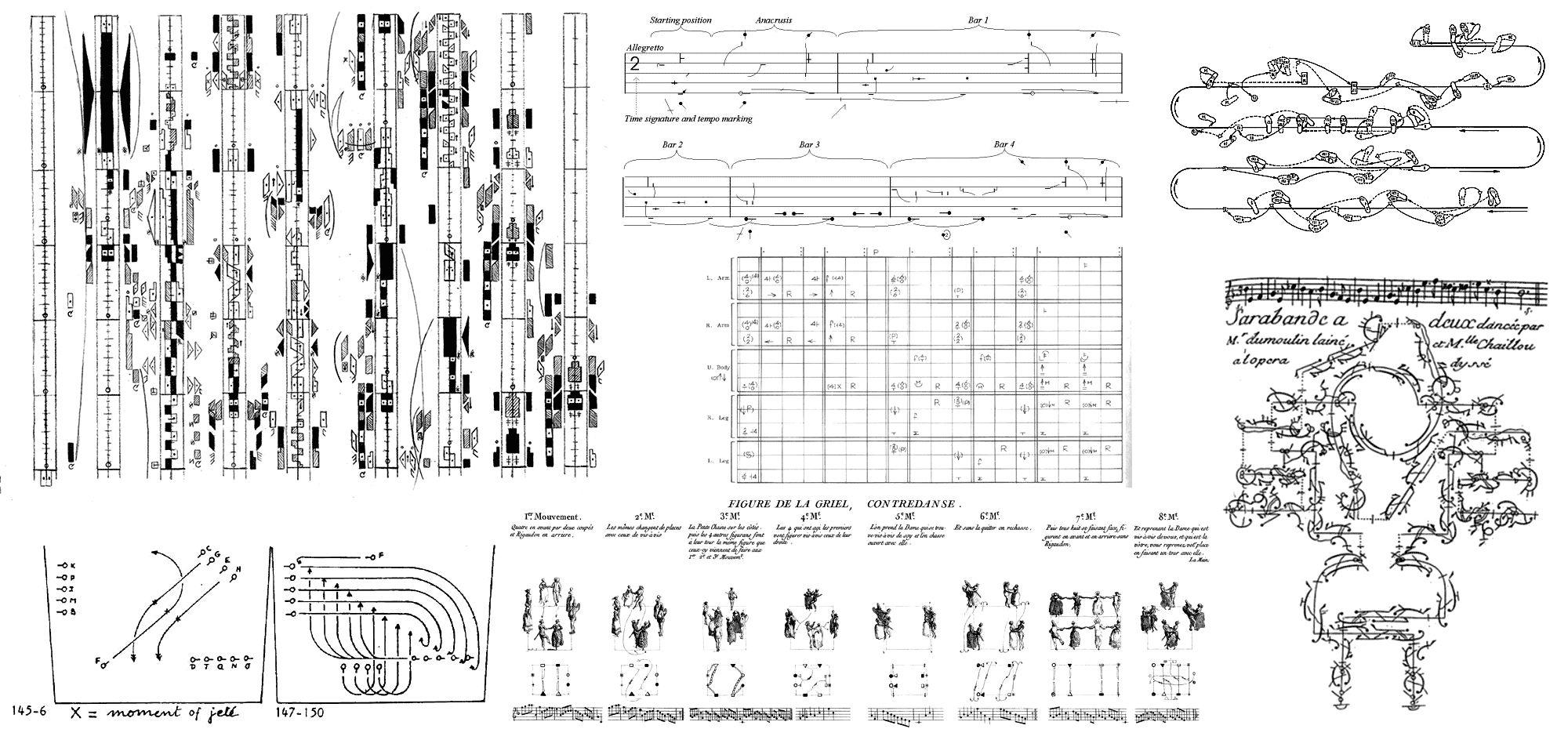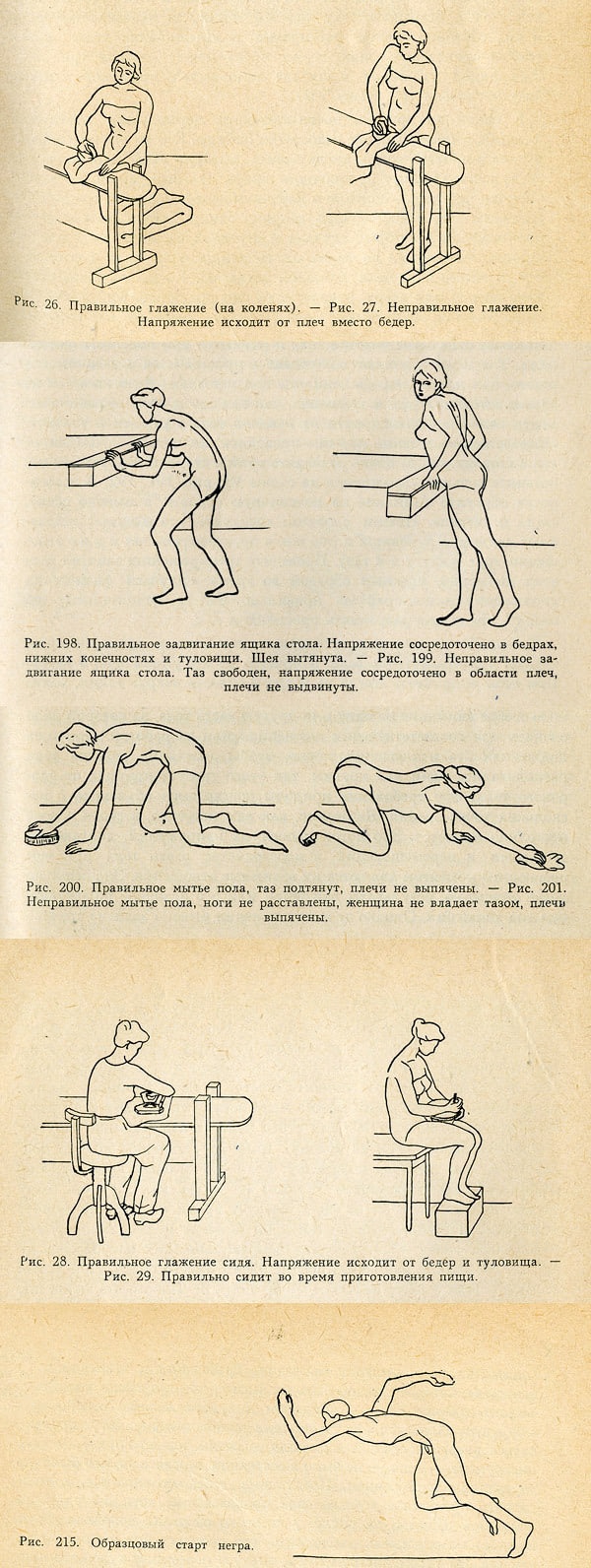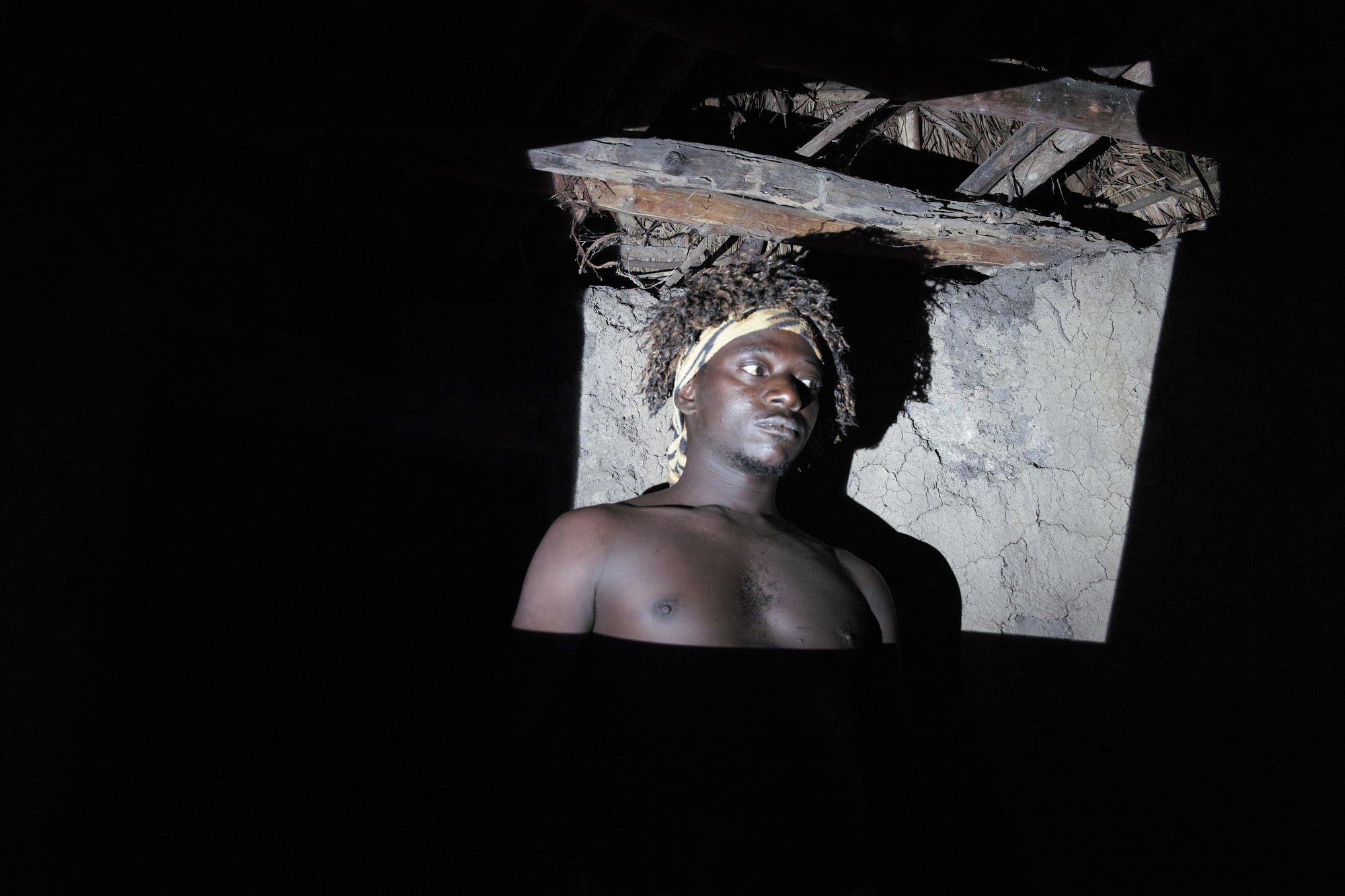
“Certainly, it would be a global disaster for humanity; a disaster for the entire world,” Putin said, commenting on the nuclear doctrine, “as a citizen of Russia and the head of the Russian state I must ask myself: Why would we want a world without Russia?”
He proceeded to present the new ultrasonic missiles, capable of destroying a world without Russia. The animation then shows missiles go off in a world without Russia - or any other known country:
I fail to see any other interpretation except that they found worlds without Russia and proceded to destroy them, while filming the action from the orbit.
Between this speculative topology of a Russia-less world and our current planet, only one overlap exists: Florida.

Pray for Florida.
The concept of a global village stems from an idealistic view of a shrinking world, connected through electronic media. What is far, comes closer, nothing is out of reach anymore.
Maps shape our undestanding of the physical world, so I decided to invert it. To shape the maps according to the understanding of the world - in this case according to the concept of a global village. I shrank the world little by little by removing empty, unused spaces. If they were valuable, they wouldn’t be unused, right?
Maps seem true and immutable, even though every projection of the spherical planet onto a two dimensional space produces faulty results. Either the northern and southern parts appear much larger than they really are (Greenland is actually 60% the size of India, not the other way around), or the shapes are all wrong, or both. But we trust maps, we trust that what they represent is the truth.
So it’s a special delight to play with this notion of cartographic immutability. This one is a breathing map of New York.
What could be in this text but isn’t:
- How maps shape political understanding and decisions
- How South America is much farther east than people commonly think. It’s really far east.
- The whole discourse on failed globalization, nation states and Gaia
- How the mental map combines positional cues with vector based cues (how humans actually navigate the world)
And here’s the code:

There is a long history of movement notations. Before ubiquitous video capture you had to preserve the developed choreography somehow. Now they are more of a historical curiosity, even though they do look amazing as graphical systems.
Of course, you could also provide simple illustrations of positions, as was done in a book by Golena Voyachkova “Movement - the root of woman’s health and beauty” that came out in the Soviet Union in 1965. It tried to illustrate movement by showing the correct (on the left) and the wrong (on the right) way of doing things.

The last image is titled “The exemplary start of the negro”. This book is a good indication how movements were perceived as gender and race specific fifty years ago.
Then again you could describe movement through text:

Diseases have always been fashionable. Tuberculosis brought us the fad of looking pale and skinny. Syphilis and it’s symptomatic light sensitivity and rotten noses brought us sunglasses and fake noses that were worn even by those not afflicted by the illness.
I won’t go into detail as to why disease becomes fashionable - first, I don’t really know, and then there’s a whole conference on it.
One point of interest for me is how a fashionable disease is a promise of a physical experience. Similar to a certain subset of internet memes I wrote about before, where a human or a non-human stand-in reminds the viewer of a bodily experience from everyday life.
Smoking in film and fashion can be interpreted in the same way - as a powerful, addictive, self-inflicted bodily experience, as a promise of being highly attentive to the body, the fingers, the mouth and the inside of the lungs.
As smoking becomes much less acceptable socially - and to advertisers - the fashion photography looks for new ways to make the signifier more abstract - the models shown here are not-smoking emptied non-cigarettes.

It would be interesting to test which other bodily experiences could be promised by fashion - besides the obvious promises of eternal youth, sex and drugs. How about being uncomfortable? Being fat using a fabulous fat-suit? Freezing in the winter while wearing a down jacket with huge holes? Not being able to pee, as the process of unwrapping the clothes takes hours? Never being thirsty with a 12-liter water pack hidden in the garment? Feeling unprotected with sleeves that don’t allow your hands to touch your body, combined with an exposed belly?
Include some promise of bodily experience within your work. It changes things.
What is not in this text but could be: - golden teeth and broken nose as a criminal status symbol - movement restricting feathers in male peacocks as a sign of fitness - jewellery made of wearer’s hair for cancer patients - fidget jewellery for autists as described in a previous text

In the winter of 2013 I went to Guinea with a few friends. Guinea is one of my favourite destinations, since Silvia, the mother of my friend Christoph, is working there at a medical laboratory. And having nice people on the ground makes travelling to a foreign country much more enjoyable.
Guinea is an interesting country to visit. It is rich in natural resources, which leads to wealth being concentrated in the hands of a few powerful families. It also means that tourism is non-existent and the only white people present are professionals working at mining companies and NGOs. You can be the only white person in a densely populated area, and you get eyed on the streets - it feels like everything you do would be talked about later, so you end up being not only a guest but also an ambassador for your culture.
Costa Compagnie was preparing the Empire of Oil 360° movie to show at Ballhaus Ost in Berlin.
Two days before the premiere:

